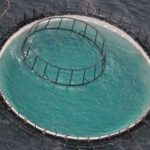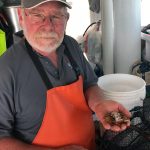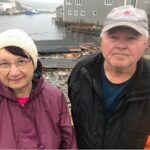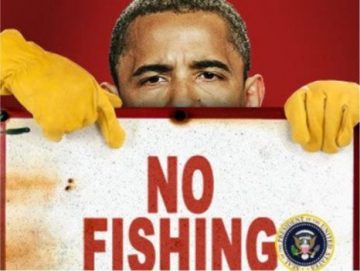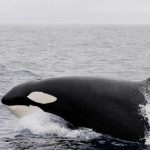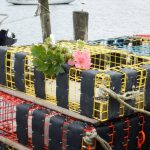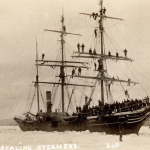Tag Archives: sea scallop
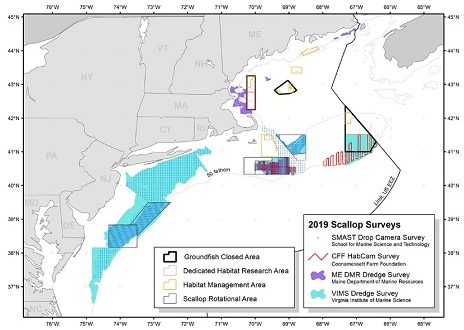
2019-2020 Sea Scallop Research Set-Aside Awards Announced
Northeast Fisheries Science Center and the New England Fishery Management Council (NEFMC) have selected 13 projects for awards through the Sea Scallop Research Set-Aside (RSA) Program. The awards are expected to generate more than $14 million; $2.8 million to fund research, and $11.4 million to compensate industry partners who harvest set-aside quota.,,, Among the research projects that will be supported this year are automated image annotation for optical scallop surveys, testing different scallop dredges for efficiency and performance, and development of a high-resolution model to assess the potential impact of offshore wind resource facilities on the regional fishery industry.>click to read<16:42
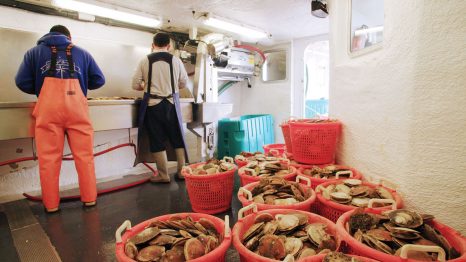
Sea Scallop Documentary To Be Screened At the 25th annual Woods Hole Film Festival August 3 at 6 PM
Over the past two decades, the unassuming sea scallop has brought on a quiet revolution in East Coast fisheries, one based on cooperation between fishermen, scientists, and government managers. In the 35-minute documentary “Sustaining Sea Scallops,” Woods Hole-based filmmakers Daniel Cojanu and Elise Hugus ask if this cooperative research approach could be the new model for beleaguered fisheries. Premiering at the 25th annual Woods Hole Film Festival on August 3 at 6 PM, with a repeat screening on August 5 at 7 PM before the feature documentary “The Memory of Fish,” “Sustaining Sea Scallops” tells a rare tale of renewal in a commercial fishery. The documentary brings audiences back to 1999, when fisheries closures and bankruptcy prompted the sea scallop industry to start funding research to improve catch efficiency, while simultaneously minimizing environmental impacts. Fifteen years later, the Atlantic sea scallop fishery is hailed as one of the most sustainable and lucrative in the world, with New Bedford ringing in as the highest-grossing port in the nation. Read the rest here 20:11
Sea Scallop mother lode found off Cape May – “Ten billion is my best guess”
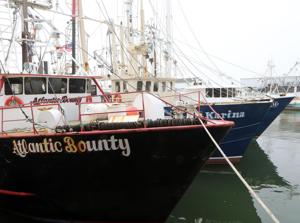 “Normally we’d see one scallop per square meter, which is actually good recruitment. We had a wide range of more than 100 per square meter and several places where they were on the order of 350 per square meter. This is an extreme event. It’s pretty amazing,” said Dvora Hart, NOAA mathematical biologist. “This recruitment event in the Mid-Atlantic is huge and basically unprecedented,” said Peter Hughes, who chairs the Sea Scallop Advisory Panel to the National Marine Fisheries Service and works for Atlantic Capes Fisheries here on Ocean Drive. Read the rest here 09:35
“Normally we’d see one scallop per square meter, which is actually good recruitment. We had a wide range of more than 100 per square meter and several places where they were on the order of 350 per square meter. This is an extreme event. It’s pretty amazing,” said Dvora Hart, NOAA mathematical biologist. “This recruitment event in the Mid-Atlantic is huge and basically unprecedented,” said Peter Hughes, who chairs the Sea Scallop Advisory Panel to the National Marine Fisheries Service and works for Atlantic Capes Fisheries here on Ocean Drive. Read the rest here 09:35
Sea scallop surveys under scrutiny during upcoming NOAA conference
Three intensive days of meetings to evaluate ways of 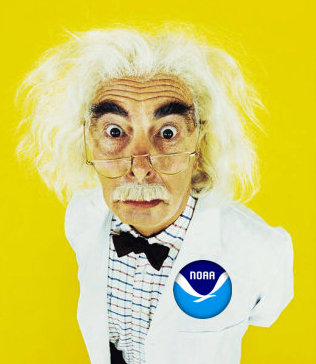 have been scheduled for mid-March in New Bedford,
have been scheduled for mid-March in New Bedford, NOAA Fisheries NMFS announced. Among those participating will be Dr. Kevin Stokesbury, who developed the drop-camera method of directly counting scallops on the sea floor. The method upended assumptions about scallop populations and transformed the industry into the success it has been for many years. Read the rest here Review of Sea Scallop Survey Methodologies and Their Integration for Stock Assessment and Fishery Management Read the notice here 09:27
Stock Assessment Review Committee Meeting To Review the Gulf of Maine Haddock and the Sea Scallop
 The public portion of the Stock Assessment Review Committee Meeting will be held from July 15 through July 17, 2014.. The meeting will be held in the S.H. Clark Conference Room in the Aquarium Building of the National Marine Fisheries Service, Northeast Fisheries Science Center (NEFSC), 166 Water Street, Woods Hole, MA 02543. Read more here 15:38
The public portion of the Stock Assessment Review Committee Meeting will be held from July 15 through July 17, 2014.. The meeting will be held in the S.H. Clark Conference Room in the Aquarium Building of the National Marine Fisheries Service, Northeast Fisheries Science Center (NEFSC), 166 Water Street, Woods Hole, MA 02543. Read more here 15:38
U.S. Fish and Wildlife Service Monomoy wildlife refuge plan fuels anger in Chatham
 The plan contains a blanket prohibition on harvesting mussels, which are considered an important food source for migrating ducks such as eiders. It also prohibited the use of a brine solution that forces fast-digging razor clams to the surface making them easier to catch. Any type of gear that was dragged along the bottom, like a scallop dredge, is also not allowed in those waters as a new measure intended to help restore sea-floor habitat like eelgrass. Read more here 08:56
The plan contains a blanket prohibition on harvesting mussels, which are considered an important food source for migrating ducks such as eiders. It also prohibited the use of a brine solution that forces fast-digging razor clams to the surface making them easier to catch. Any type of gear that was dragged along the bottom, like a scallop dredge, is also not allowed in those waters as a new measure intended to help restore sea-floor habitat like eelgrass. Read more here 08:56

































